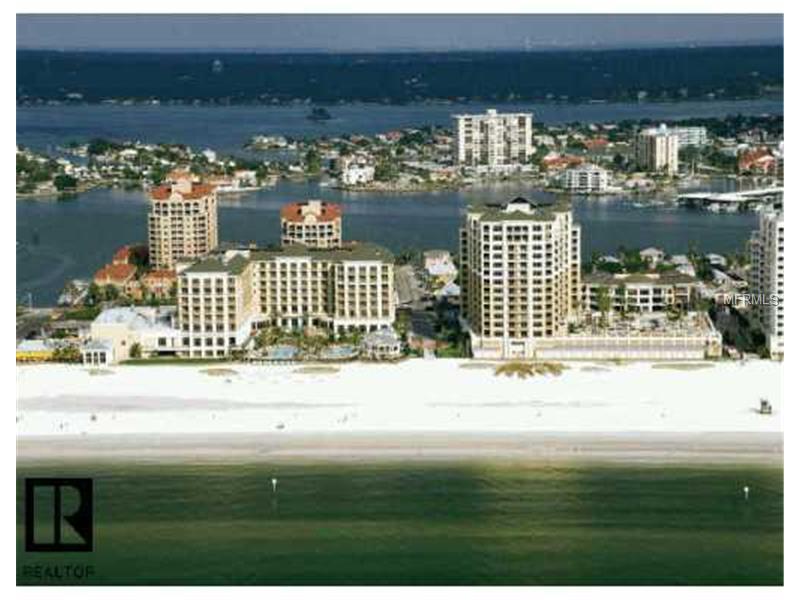With prices rising again, no one likes to think the market could be destined for a repeat of the boom-to-bust catastrophe that cost millions of people their homes.
Yet one research and consulting firm says a data-based analysis it conducted of the Tampa Bay metro area shows another bubble could be forming.
“You’ve got to be very cautious,” says Hogan E. Copeland III, chairman of Smithfield & Wainwright in Ponte Vedra Beach. “You’ve got a lot of speculation in the market right now, a lot of flipping of homes.”
According to reports released Thursday, year-over-year sales of single family homes in Tampa Bay shot up 21.6 percent in April with average prices increasing 13.3 percent. That continued a months-long streak of rising prices that has brought joy to Realtors and sellers.
But Copeland warns that focusing on sales alone can create a rosier picture of a market’s health than actually is the case. A more accurate way of valuing residential properties is to also factor in how much they could rent for and what it would cost to replace them.
Using Smithfield & Wainwright’s three-pronged approach to valuation, Tampa Bay’s real estate market suddenly looks a little less fantastic.
- Ideally, all three measures — sales, rental income and replacement cost — should move in fairly close range of each other. That was the case in Tampa Bay from 1991 to 2000, a graph prepared by the firm shows.
- In 2001, the lines started to diverge, with cost and rental income still fairly close together, while the sales line began to go up. By 2006 — the peak of the boom — it was so high in relation to the other two that its precipitous drop in 2007 created what “looks like a shark’s fin,” Copeland says.
- As the economy struggled to recover from the Great Recession, the sales line actually dipped below the other two from 2010 to 2012. But two years ago, it started to rise again, and now is drawing up and away.
The bay area’s real estate market isn’t nearly as over-valued as it was eight years ago. But a Tampa appraiser who works all over Florida’s west coast sees cause for concern.
“The sharp price rises in some areas is a little scary,” says Joani Herndon, former chair of the Florida Real Estate Appraisal Board.
Herndon says downtown St. Petersburg’s condo market is “on fire” — five condos sold for more than $1 million in April alone — and that demand is hot, too, for newer homes near Tampa’s downtown.
Tear Down
“In South Tampa, builders can’t find enough (vacant) lots so they’re sending people door-to-door to try to get folks who’ve lived in those homes for years to sell,” Herndon said. “A perfect example — I grew up in Sunset Park and never ever thought that lots not on the water would sell for tear-downs. Now they’re doing it all day long.”
In March, a builder paid $475,000 for Herndon’s childhood home and knocked it down. Now a 5,300-square-foot house is rising on the lot at a price of $1.6 million.
“It’s like what’s going on Snell Isle,” Herndon says of the upscale area near downtown St. Petersburg where five small homes on one street alone were torn down to make way for million dollar mansions.
Market Stability
Despite such pockets of huge price increases, Tampa real estate agent Mary Pond finds prices overall to be rising at a relatively conservative rate compared to the boom years. She also thinks that tighter lending standards will help prevent another bubble.
“The mortgage industry is still very cognitive of their (past) loaning practices and they’re not out there whimsically giving loans to people that don’t deserve them, which was a big factor in the bubble,” said Pond, a veteran agent who has been through boom, bust and now recovery.
Using the automated valuation system it developed, Smithfield & Wainwright has found other areas of the country to be more vulnerable to a bubble than Tampa Bay. Especially at risk are the District of Columbia and a number of states out west — Montana, Wyoming, Oregon and Utah — that are drawing people from California because of the high cost of living there.
“Florida statewide is okay, but in different areas like Miami there could be problems,” said Copeland, whose firm helps banks and hedge funds determine the true value of their real estate portfolios.
Founded in 2007, Smithfield & Wainwright bases its system on inflation-adjusted sales and rental data from the federal government and on replacement cost data from a private company, Marshall & Swift, that works closely with the construction industry. The three types of data, when combined, give a more “independent and unbiased measure” of market values than sales alone, Smithfield & Wainwright said in a study presented to Congress this spring.
By focusing solely on rising prices during the boom, banks and investors “largely failed to question the intrinsic value of the real estate-linked assets in which they had a massive investment,” the study said. “Perpetually increasing and non-sustainable real estate prices ultimately imploded, contributing to the near-collapse of the nation’s financial system in 2008.”
Herndon, the Tampa appraiser, likes Smithfield & Wainwright’s three-pronged approach.
“Those types of statistics are tests of how reasonable market value is,” she said. But, she added, buyers are also key in creating value.
“You have to have a buyer that’s willing to pay a price.”
Tampa Tribune June 2015
 " alt="" />
" alt="" />


